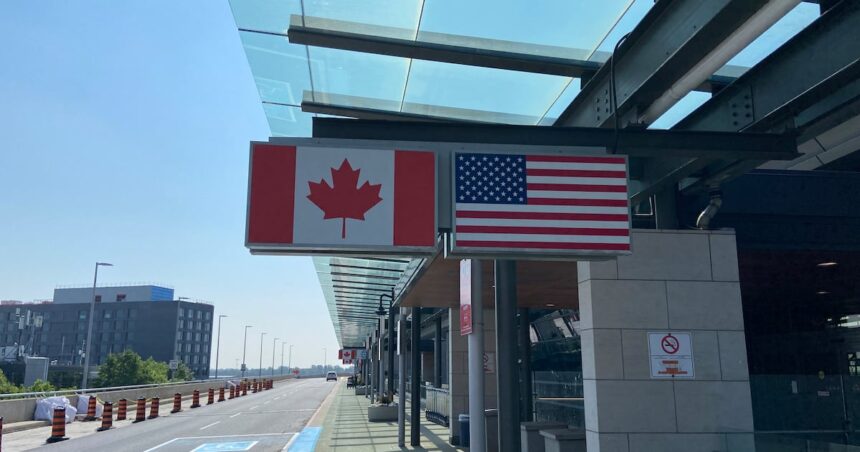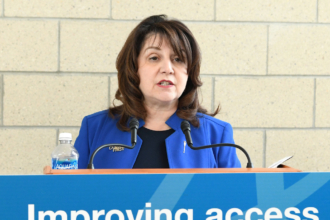The corridors of Ottawa International Airport are buzzing with renewed activity as Canadian travelers increasingly set their sights on U.S. destinations. Recent statistics reveal a significant upswing in cross-border travel from Canada’s capital, marking a robust recovery in the aviation sector following years of pandemic-related constraints.
According to data released by the Ottawa International Airport Authority, passenger traffic to U.S. destinations has increased by nearly 18% compared to the same period last year. This notable surge comes as airlines expand their route offerings and as the strengthening Canadian dollar makes American getaways more financially appealing for Ottawa residents.
“We’re witnessing a remarkable return to pre-pandemic travel patterns, but with some interesting new trends,” explains James Richardson, aviation analyst at the Canadian Travel Advisory Board. “Ottawa travelers are particularly drawn to destinations like Florida, New York, and California, with leisure travel accounting for approximately 60% of the cross-border movement.”
The Ottawa International Airport has responded to this increased demand by enhancing its U.S. preclearance facilities, allowing travelers to complete American customs and immigration procedures before departure. This streamlined process has become a significant selling point for travelers seeking convenience in their international journeys.
Airlines have taken note of this growing market opportunity. Air Canada and United Airlines have both added additional flights to key U.S. hubs, while discount carrier Flair Airlines recently announced new direct routes connecting Ottawa to several American destinations beginning this winter.
The economic implications extend beyond the terminal. “This travel surge creates a ripple effect throughout Ottawa’s economy,” notes Dr. Elaine Cho, economist at the University of Ottawa. “From increased airport employment to greater demand for transportation services and travel accessories, we’re seeing multiple sectors benefit from this cross-border mobility.”
Tourism officials from both sides of the border are capitalizing on this momentum. The Canadian Tourism Commission has launched targeted campaigns to promote reciprocal travel, while American destinations are increasingly marketing to Ottawa-based travelers through customized promotions.
However, industry experts caution that several factors could influence the sustainability of this trend. “Rising airfares due to fuel costs, potential currency fluctuations, and evolving travel restrictions all remain variables that could impact this positive trajectory,” warns Richardson.
The surge also highlights changing travel behaviors. Post-pandemic travelers from Ottawa are booking longer stays and seeking more immersive experiences, according to travel agencies reporting extended vacation bookings compared to pre-2020 patterns.
For Ottawa’s business community, the increased connectivity represents new opportunities for cross-border commerce and professional networking. The Ottawa Board of Trade reports that business travel to the U.S. has recovered to approximately 85% of pre-pandemic levels, with technology and government sectors leading this resurgence.
As winter approaches, industry observers anticipate further growth in southbound travel. With Ottawa’s characteristically harsh winters on the horizon, the allure of sunnier American destinations continues to draw travelers, with advance bookings for December through February already exceeding expectations.
As Canada and the United States continue to strengthen their travel connections, the question remains: Will this cross-border travel boom represent a lasting shift in Ottawa’s travel patterns, or simply a temporary correction following years of restricted movement?























